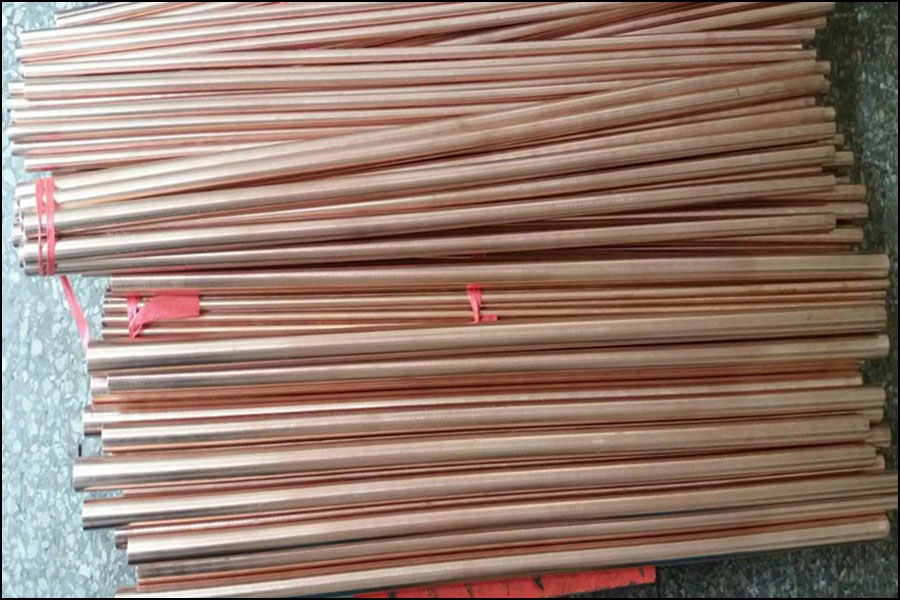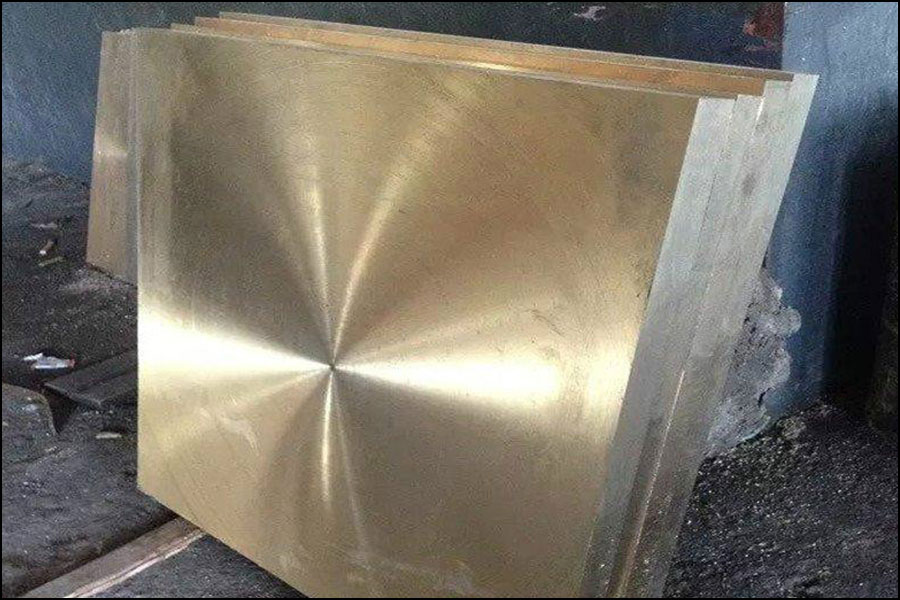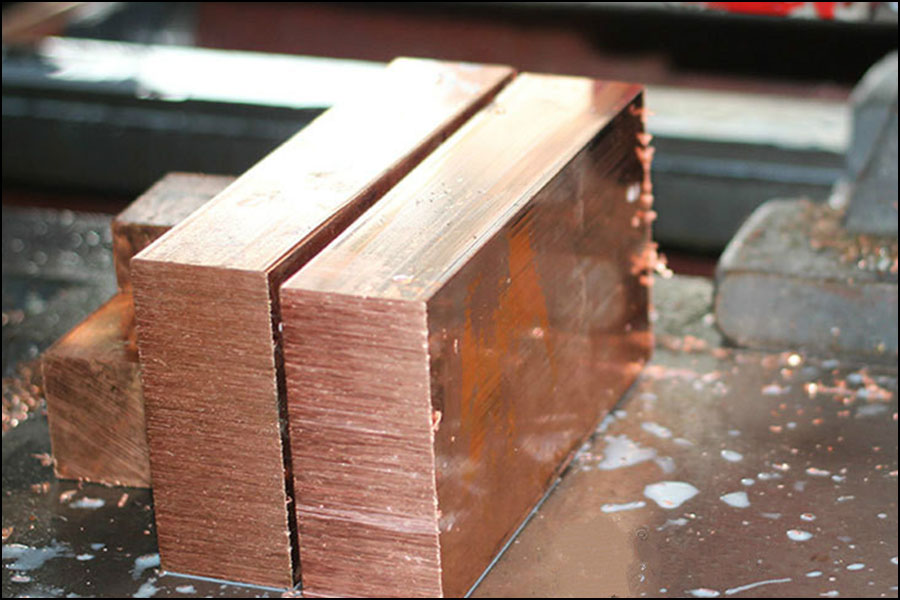CuCo1Ni1Be-CW103C



Previous
Next
CuCo1Ni1Be—CW103C (DIN 2.1285) Cobalt Nickel Beryllium Copper Alloy contains approximately 1% Cobalt, 1% Nickel and 0.5% Beryllium. After hot forging and heat treatment processes this material gains considerably hardness, electrical and thermal conductivity as well. It is possible to have different combinations of electrical conductivity and hardness by changing the heat treatment conditions;CuCo1Ni1Be also Offers good strength and hardness characteristics coupled with conductivity in the range of 45-60 percent of copper with ultimate tensile and hardness properties approaching 140 ksi and RB 100 respectively, all of its properties are quite the same as CuCo2Be-C17500 and CuNi2Be-C17510.
Typical Application for CuCo1Ni1Be - Cobalt Nickel Beryllium Copper Alloys
- Electrical: Fuse Clips, Switch Parts, Relay parts, Connectors
- Industrial: Spot Welding Electrodes, Electrode holders and Seam Welding discs in Resistance Welding, Plunger Tips in Aluminum Die Casting Machines, Injection Nozzles, Cooling Pins in Plastic Injection Machines, Mulds for Casting of Non-Ferrous Materials, Tooling for Plastic Moulds ,Butt Welding Jaws, Contact Tips for Submerged-Arc-Welding
- Available Sizes: Custom Diameter & Sizes, Random Mill lengths
- Available Products (forms): Round bars, Round wires, Round tube, Flat bars, Square bars, Rectangular bars, Hexagon bars, Plates, Sheets, Coils Custom shapes are available upon request.
Typical Physical Properties
- Density (g/cm3): 8.83
- Density before age hardening (g/cm3): 8.75
- Elastic Modulus (kg/mm2 (103)): 14.10
- Thermal Expansion Coefficient (20 °C to 200 °C m/m/°C): 18 x 10-6
- Thermal Conductivity (cal/(cm-s-°C)): 0.48
- Melting Range (°C): 1000-1070
Excellent Properties Of Beryllium Copper Alloy
High Flexibility
High Hardness
High Strength
High Conductivity
High Thermal Conductivity
Good Molding Properties
Good Fatigue Performance
Excellent Corrosion Resistance
No Spark Impact
cw103c Chemical Composition
Executive standard:ASTM/GB/T5233-2001/EN12163(%max., unless shown as range or min.)
Numbering
Be
Co+Ni
Cu
Pb
Si
Fe
Al
cw103c
0.40-0.70%
2.40-2.70%
Balance
-
0.15
0.15
0.15
Mechanical properties and conductivity analysis
(AT/TF00)
Status
Tensile Strength /MPa
Yield Strength /MPa
Elongation %
Hardness B/C
Conductivity %IACS
Conductivity %IACS
A(TB00)
420-550
210-390
30-60
B 45-78
≤140
15-19
¼H(TD01)
520-620
420-570
20-45
B 68-90
120-220
15-19
½H(TD02)
590-710
520-670
12-30
B 88-96
140-240
15-19
H(TD04)
700-850
630-810
2-18
B 96-102
≥170
15-19
AT(TF00)
1160-1380
980-1240
3-15
C 36-42
≥320
22-28
¼HT(TH01)
1230-1450
1050-1310
3-10
C 36-43
320-420
22-28
½HT(TH02)
1300-1520
1120-1380
1-8
C 38-44
340-440
22-28
HT(TH04)
1330-1550
1160-1450.
1-6
C 38-45
≥360
22-28
Available status
Brush Name
ASTM Name
Description
A
TB00
Solution annealing state (quenched state)
¼H
TD01
Quarter hard
½H
TD02
Half hard (semi-hard)
¾H
TD03
Three-quarters hard
H
TD04
Hard state (full hard)
AT
TF00
Standard aging heat treatment in quenched state
¼HT
TH01
Quarter hard standard aging heat treatment
½HT
TH02
Half-hard standard aging heat treatment
¾HT
TH03
Three-quarters hard standard aging heat treatment
HT
TH04
Hard standard aging heat treatment (a process of comprehensive strengthening of deformation and aging)
Note: In the Brush name:
- "A" represents the state of solution annealing (annealed, the alloy is in the softest state, easy to be stamped and formed, and needs to be cold worked or strengthened during the direct failure period);
- "H" stands for cold processing state (hard);
- "T" means that the material has been aging hardened by standard heat treatment (heat treatment means the state of aging strengthening heat treatment).
